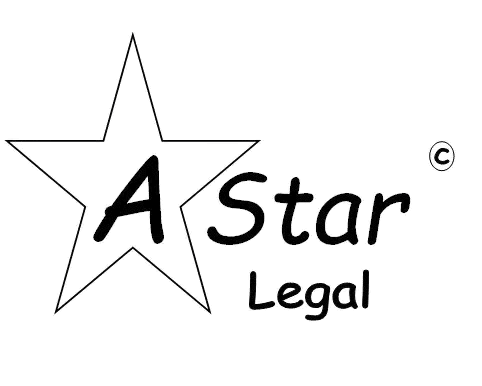Last updated on September 24th, 2024 at 12:49 pm
Introduction
Trademarks are valuable assets in today’s competitive time for business. They help to protect the legal rights of the trademark owner to use the trademark for their goods and services and also help in the growth of the business. Registration of a trademark is not an easy process and the main difficulty in the whole process is trademark objection. The Trademark Objection Process in India is a very common obstacle in the whole, It is important to understand these objections and how to respond towards them.
Table of Contents
ToggleTrademark Objection
When the trademark application is found to not fulfil the requirements for a successful trademark, then a trademark objection is raised. Then the examiner raised an objection. After that, it is important to reply to the objection within the given time otherwise it will be abandoned. The trademark applicant has limited time to gather all the relevant evidence in support of their trademark application.
Types of Trademark Objection
- Use of the wrong trademark form
- Wrong trademark applicant name
- Incorrect classification of trademark class
- Wrong details and addresses on the application
- Lack of distinctive character
- Already existing of a similar trademark
- An unreadable and broad description of goods and services
Reasons for Trademark Objections:
The primary reason for a trademark objection is when the trademark lacks uniqueness, generic words are used and too descriptive and similar to the existing trademark. The Objections are mainly based on Section 9 and Section 11 of the Indian Trademark Act.
- Objections under Section 11
- Similar trademarks name
- Similar in sound
- Similar in meaning and concept
- Objections under Section 9
- Descriptive terms
- Misleading concepts
- Lack of distinctiveness
Required Documents for reply:
- Affidavits
- Proof of address
- ID proof
- Trademark examination report
- Proof of business i.e business cards and letterheads
- Application number
Process for Trademark Objection reply
- Firstly, start with tracking the progress of the procedure of trademark application.
- After that, consider the complaint of trademark application.
- Then file a reply of trademark objection
- But double-check your objection reply before submitting.
- After submitting your reply wait for the comments on the department’s response
- If your response is in a positive way, then they publish your trademark in an official trademark journal.
- It is compulsory to be physically present in the hearing of your trademark.
Impact of Objections on Trademark Registration
- Identifying the objections raised by the examiner and addressing those objections is important for trademark registration.
- Collect all the relevant evidence and legal documents that support your registered trademark application.
- Consult to trademark attorney for ease in the process of Trademark Objection.
- Follow the procedure of your application.
- Do not miss any hearings, and arrive on time.
- Wait for the decision of the trademark officer.
Respond to Trademark Objections:
- Firstly, read carefully and understand the main reasons for your trademark objections. Then identify the areas of your application where improvements can be made.
- Next, gather all the evidence and documents supporting your trademark application.
- Then, write a response to the trademark objection, regarding all the issues of objection and also mention all the legal requirements in support of your trademark application.
- After that, submit your response to the trademark office within the given time limit, if by any chance you fail to reply to the objection, then it is marked as abandoned.
- After submitting your response, follow the progress of your trademark application and if necessary then fulfil the additional requirements.
When to submit the reply of Objection
After receiving the trademark application examination report, it is important to submit a reply in 30 days. The reply must contain all the legal requirements and replies to queries that are raised by the examiner.
Tips to avoid common mistakes in filing and responding
Common mistakes in filing and responding include ignoring detailed research, and missing hearing dates and times. To make the Trademark Objection Process in India easier, it is advisable to take the help of a trademark lawyer.
Conclusion
Trademark objections are raised by the examiner of the trademark office to reduce customer confusion, and to maintain the distinctiveness of trademark applications. The decision of the trademark officer to accept or reject the application is in your hands and reply. If your reply makes a positive impact on the trademark officer then they approve your application.
For more information stay updated with:- A Star Legal







